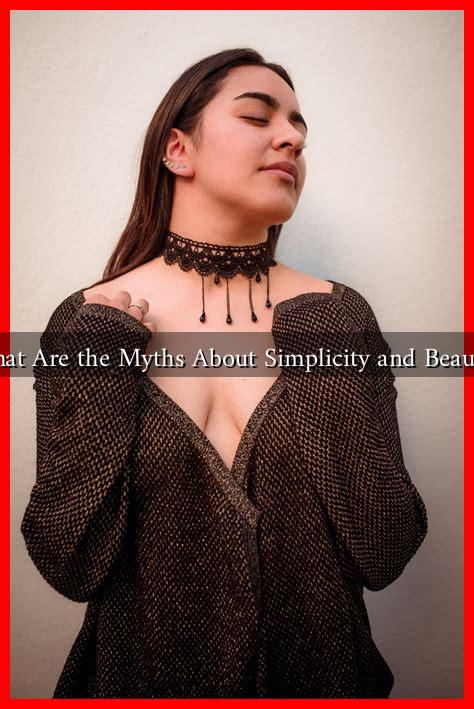-
Table of Contents
What Are the Myths About Simplicity and Beauty?
In a world that often glorifies complexity and extravagance, the concepts of simplicity and beauty are frequently misunderstood. Many people hold onto myths that can distort their perception of what it means to be simple and beautiful. This article aims to debunk these myths and provide a clearer understanding of the relationship between simplicity and beauty.
Myth 1: Simplicity Equals Boring
One of the most pervasive myths is that simplicity is synonymous with boredom. This misconception arises from the belief that simple designs or ideas lack depth or creativity. However, simplicity can be incredibly engaging and thought-provoking.
- Minimalist Art: Artists like Donald Judd and Agnes Martin have shown that minimalist art can evoke profound emotional responses. Their works strip away the unnecessary, allowing viewers to focus on the essence of the piece.
- Design Philosophy: Companies like Apple have embraced simplicity in their product designs, proving that a clean, straightforward aesthetic can be both beautiful and functional.
In fact, simplicity often invites deeper contemplation, allowing individuals to appreciate the nuances that might be overlooked in more complex designs.
Myth 2: Beauty is Only Skin Deep
Another common myth is that beauty is merely a superficial quality. This notion can lead to the dismissal of simple, understated beauty in favor of more ostentatious displays. However, true beauty often lies in the subtleties and intricacies of simplicity.
- Natural Beauty: Consider the beauty of a sunset or a flower. These natural phenomena exemplify how simplicity can be breathtakingly beautiful without the need for embellishment.
- Architectural Elegance: The works of architects like Tadao Ando and Ludwig Mies van der Rohe demonstrate that simple forms can create spaces that are both functional and aesthetically pleasing.
Beauty, therefore, is not just about appearance; it encompasses the essence and emotional resonance of an object or experience.
Myth 3: Simplicity is Easy to Achieve
Many people believe that achieving simplicity is a straightforward task. In reality, simplicity often requires a great deal of effort and thoughtfulness. The process of distilling ideas or designs down to their essential elements can be challenging.
- Design Process: Designers often go through multiple iterations to achieve a simple yet effective design. The famous quote by Antoine de Saint-Exupéry, “Perfection is achieved, not when there is nothing more to add, but when there is nothing left to take away,” encapsulates this idea.
- Life Choices: In personal life, simplifying one’s lifestyle—whether through decluttering possessions or prioritizing meaningful relationships—requires introspection and commitment.
Thus, simplicity is not merely about reducing complexity; it is about making intentional choices that enhance clarity and beauty.
Myth 4: Simplicity Lacks Value
Some people equate simplicity with a lack of value or sophistication. This myth can lead to the undervaluation of simple ideas, products, or experiences. However, simplicity often carries significant value.
- Effective Communication: In writing, simple language can convey complex ideas more effectively than jargon-laden prose. The Flesch-Kincaid readability tests show that clear, simple writing is often more impactful.
- Consumer Preferences: Studies indicate that consumers often prefer simple, straightforward products. A Nielsen survey found that 66% of global respondents are willing to pay more for simpler products.
Therefore, simplicity can enhance value by making experiences more accessible and enjoyable.
Conclusion: Embracing the Beauty of Simplicity
In conclusion, the myths surrounding simplicity and beauty can cloud our understanding of their true nature. Simplicity is not boring; it can be deeply engaging and thought-provoking. Beauty is not merely superficial; it often lies in the subtleties of simplicity. Achieving simplicity is not easy; it requires thoughtful effort and intentional choices. Finally, simplicity does not lack value; it can enhance clarity and accessibility.
By debunking these myths, we can begin to appreciate the profound beauty that simplicity offers in art, design, communication, and life. Embracing simplicity allows us to cultivate a deeper understanding of beauty, enriching our experiences and interactions in a complex world.
For further reading on the relationship between simplicity and beauty, consider exploring resources like Daniel Pink’s TED Talk on motivation or Nielsen Norman Group’s principles of usability.

